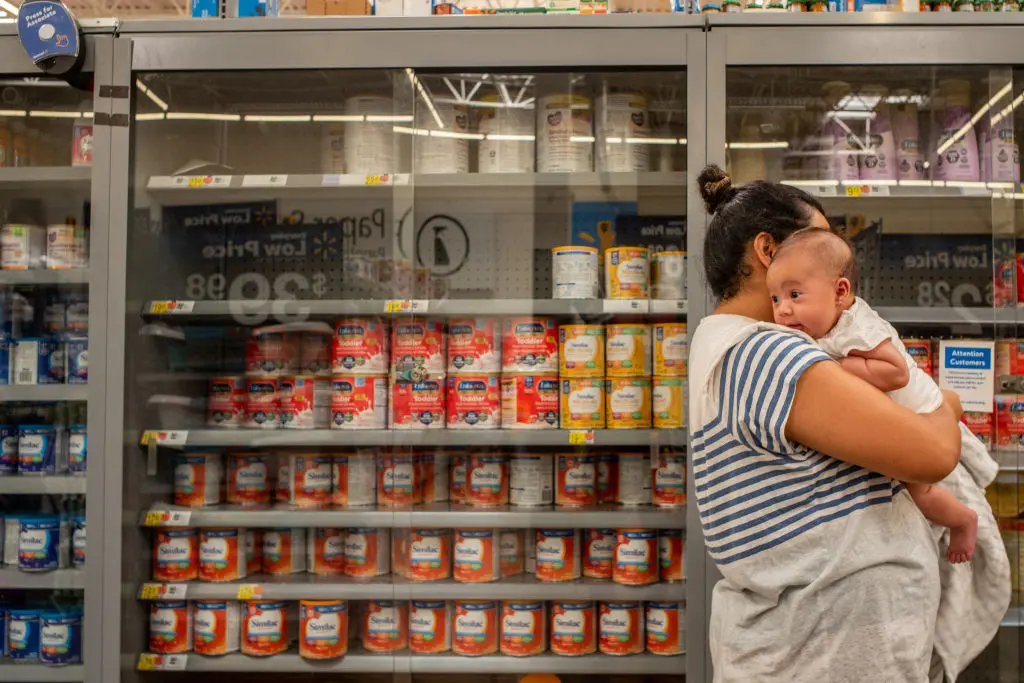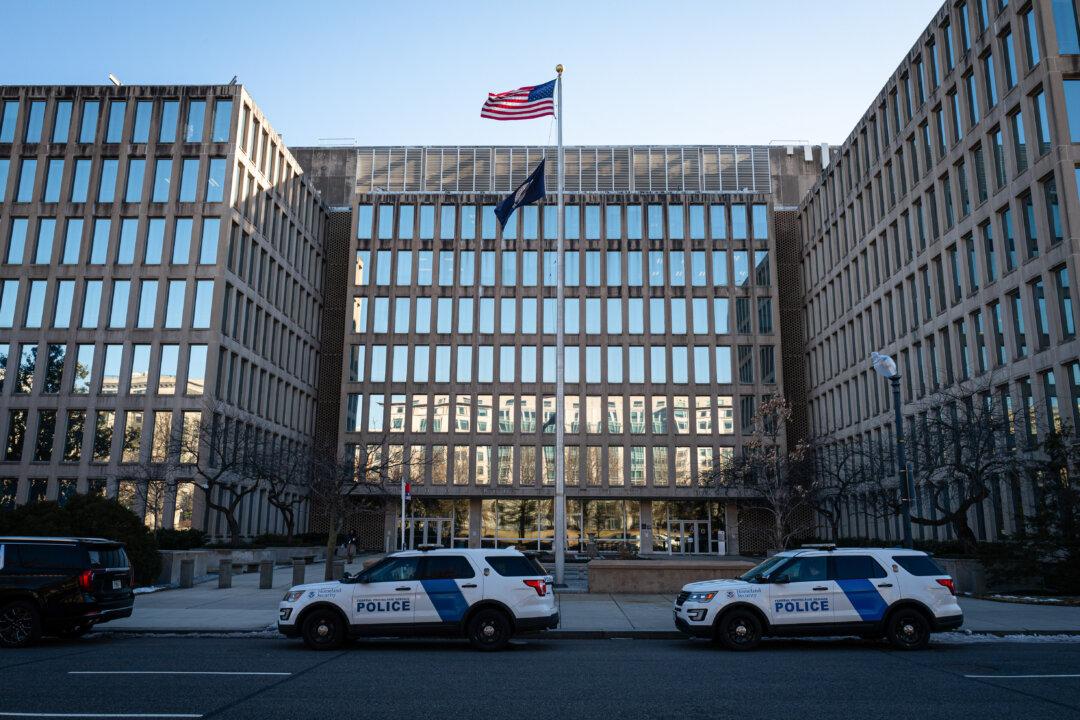Russia’s currency, the ruble, has recovered from much of the devaluation suffered in the aftermath of Western sanctions imposed due to Moscow’s attack on Ukraine. The recovery has put additional pressure on Washington for a stronger response.
On Feb. 24, when Russia invaded Ukraine, the ruble was trading against the U.S. dollar at an exchange rate of around 81. After the United States and the European Union imposed sanctions, the exchange rate spiked to about 158 rubles on March 7. As of March 31, 16:58 UTC, the ruble was trading at around 83 against the dollar, almost reaching back to the level at which the currency was trading when the war began.





